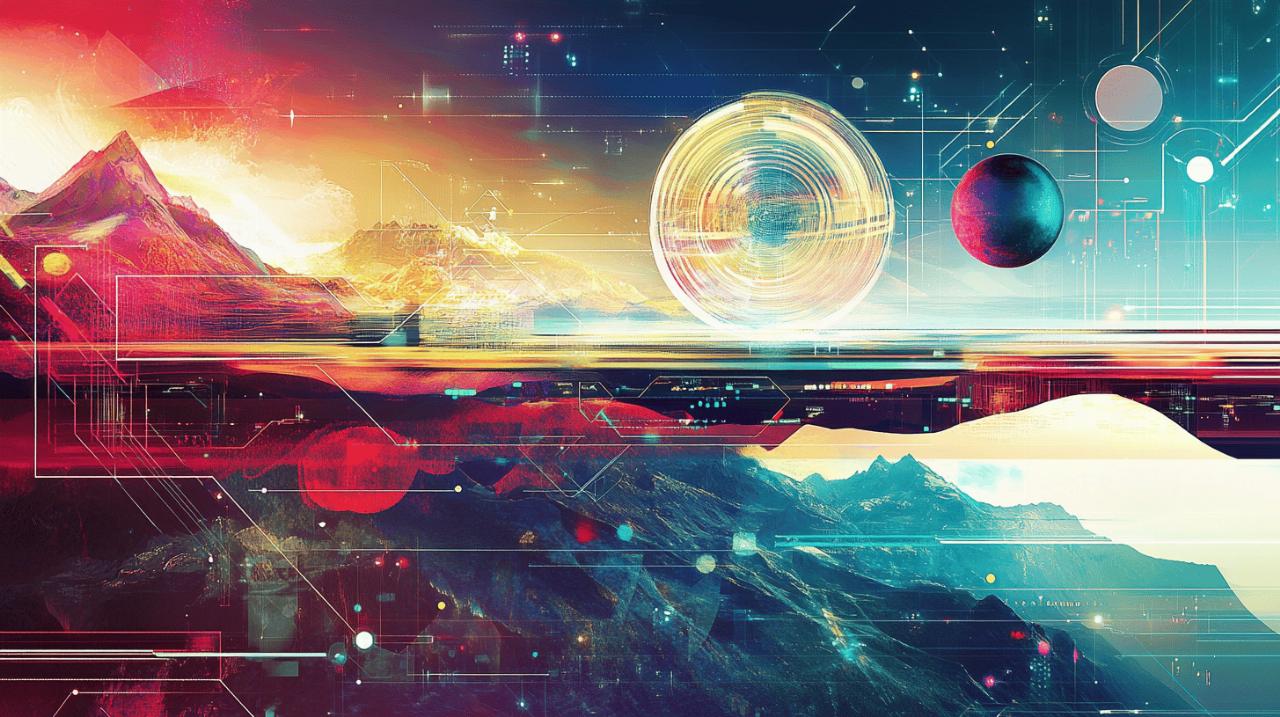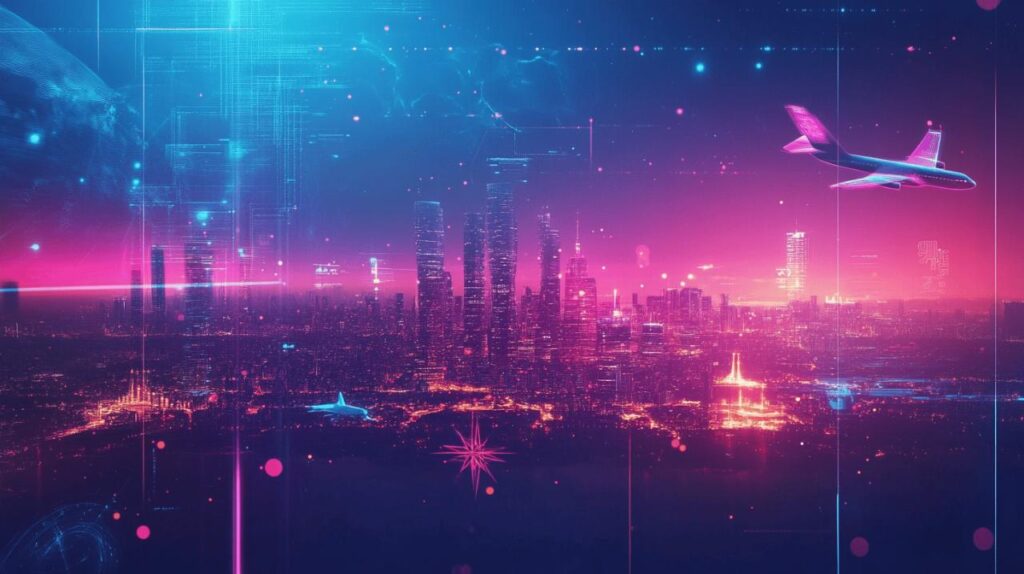Web themes serve as the visual foundation of digital spaces, shaping how users interact with content while reflecting brand identity. Innovative approaches to theme design can dramatically transform the user journey, creating memorable digital experiences that engage visitors and drive conversions.
Modern web theme design principles
Web themes have evolved significantly over the past decade, moving from flashy animations to sophisticated design systems that prioritize user needs. Today’s most effective themes balance visual appeal with functionality, creating digital environments that guide users intuitively through content.
Minimalist aesthetics and user navigation
Minimalist web design strips away unnecessary elements to focus on what truly matters. This approach uses clean layouts, strategic white space, and thoughtful typography to create breathing room for content. Many designers use the Comfusion of elements to achieve visual balance while maintaining simplicity. Successful minimalist themes incorporate micro-interactions and subtle animations that enhance user engagement without overwhelming the interface.
Responsive design elements for multiple devices
The multi-device reality of modern web browsing demands themes that adapt fluidly across screen sizes. Responsive design incorporates flexible grids, scalable images, and conditional loading to ensure optimal experiences regardless of device. Dynamic elements like toggle switches and compartmentalized layouts create a sense of Comfusion between distinct content sections while maintaining visual cohesion. Smart themes leverage device-specific capabilities like touch gestures on mobile or hover states on desktop to enhance interaction.
Emerging technologies in web themes
Web design continues to evolve at a rapid pace, with innovative themes pushing the boundaries of user experience. Today’s web themes go beyond aesthetic appeal, incorporating cutting-edge technologies that create more engaging, personalized, and interactive digital experiences. Modern website themes serve as the foundation for brand identity while delivering intuitive navigation and seamless functionality across devices.
The shift from traditional grid-based layouts to unique, creative arrangements marks a significant trend in web design. Contemporary themes embrace design liberation while maintaining user-centric approaches. The balance between visual appeal and functionality remains crucial, with innovative themes incorporating both distinctive visuals and intuitive user interfaces.
Ai-driven personalization features
AI technology is revolutionizing web themes through dynamic personalization capabilities. Modern themes now integrate AI tools that offer automated design suggestions and content customization based on user behavior. These smart themes can adapt in real-time, analyzing user interactions to deliver tailored experiences without requiring manual adjustments.
Visual recognition AI enhances user experience by enabling visual search functionality within websites. Users can search using images rather than text, creating more intuitive ways to find products or information. AI-powered themes also facilitate dynamic content adaptation based on real-time analytics, automatically adjusting layouts, featured content, and even color schemes to match individual user preferences and browsing patterns.
The future of web themes lies in hyper-personalization, where AI algorithms create uniquely customized experiences for each visitor. These themes will anticipate user needs, presenting relevant content and functionality before users actively request it. Voice User Interfaces (VUIs) are also becoming standard features in advanced web themes, allowing visitors to navigate and interact with websites through natural speech commands.
Motion ui and interactive components
Motion UI and interactive elements have transformed static web themes into dynamic, engaging experiences. Thoughtful scrollytelling has become a cornerstone of creative web layouts, guiding users through content with animated transitions that unfold as they scroll. This technique creates narrative flow and maintains user engagement throughout the browsing experience.
Subtle animations serve both aesthetic and functional purposes in modern web themes. Micro-interactions provide visual feedback for user actions, while more elaborate animations can highlight key information or guide attention. Interactive components like toggle switches enhance usability by providing clear visual states and immediate feedback.
Immersive experiences represent the cutting edge of web theme innovation. Sites like Immersive Garden incorporate 3D backgrounds that react to mouse movement, creating depth and dimension. Others employ mind-bending scroll effects with twisting elements or expanding content sections. These interactive features transform passive browsing into active exploration, significantly boosting user engagement while reinforcing brand identity through distinctive digital environments.
Web design trends continue to evolve, with themes now incorporating compartmentalized designs that divide webpages into distinct sections for improved content organization and visual hierarchy. The integration of bold visuals with minimalist layouts caters to shorter attention spans while maintaining visual impact. As mobile optimization remains essential, responsive design has evolved from a feature to a fundamental requirement for all modern web themes.

